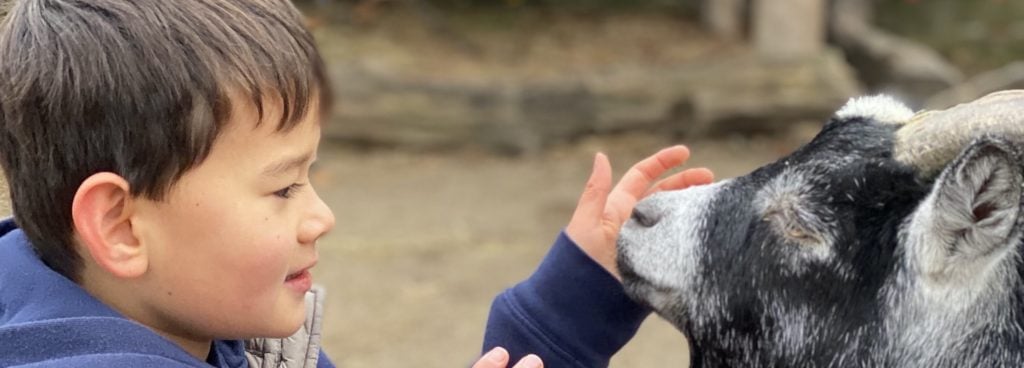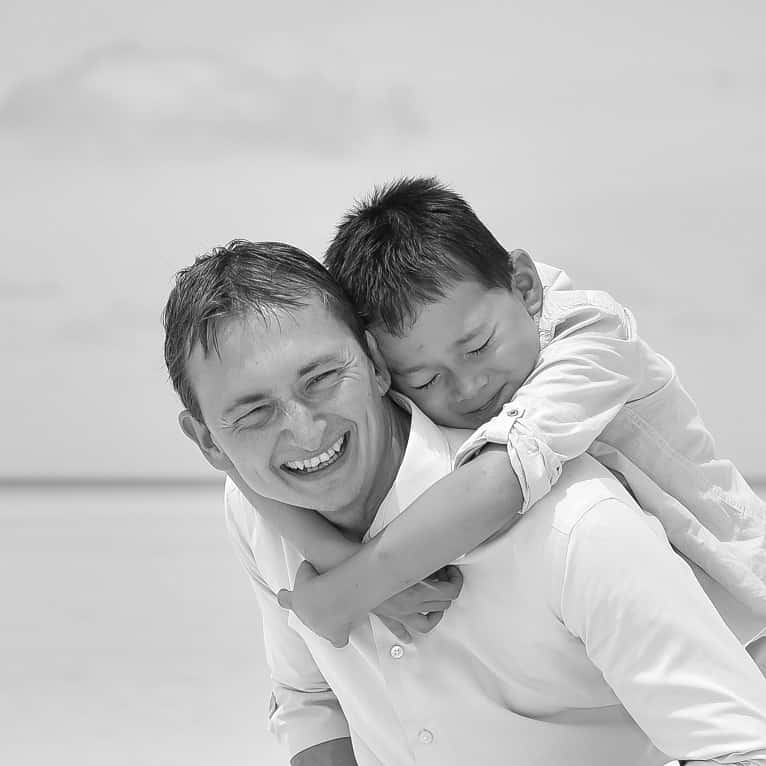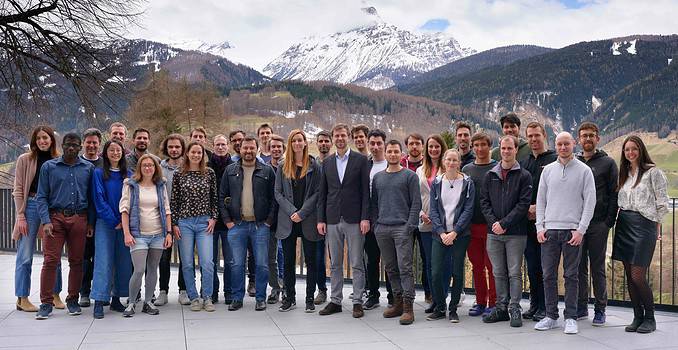
About HiRasmus
- Founders: Nikolaj Hendriksen
- Founded in: 2021
- Employees: 10 - 15
- Money raised: apx. 750.000 US dollar in soft-funding and private investments
- Ultimate goal: make autism therapy available for people all around the world.
As CEO of a large, Danish FinTech company, Nikolaj Hendriksen had a successful career. But when his son Rasmus was born in 2010, he and his wife found themselves on a roller coaster. Rasmus was eventually diagnosed with autism at the age of two. “While I was throwing myself fully into growing Mybanker, we struggled as a family with the question of how to deal with our son and how to arrange everything for him in the best possible way.”

That is why he said goodbye to the financial world in 2019, when Rasmus was eight years old. The family didn’t feel supported in Denmark, and there were very few therapies available for autistic children. They flew to the United States, where, unlike Europe, a lot of research on autism is conducted. They ended up at Yale’s Child Study Center and the University of California, where they were guided towards behavioural therapy. Within a few months, they saw tremendous results. “His speech had improved tremendously and he was even able to attend classes in a classroom with other children again. My plan was to eventually go back into finance. But when we saw how much Rasmus benefited from this form of therapy, we came up with the idea of Hi Rasmus.”
The start-up developed a platform that eases communication, goal setting, and clinical supervision completely tailored for behavioural treatment for autism. In this episode of Start-up of the day, Hendriksen talks about his mission to make this form of therapy accessible to autistic children around the world.

Can you talk a little more about behavioural therapy?
“Whereas for neurotypical children it is a very intuitive process to learn to talk, that is not always the case for children with autism. They often use physical expressions to communicate, rather than language. In behavioural therapy, the child learns to communicate through speech.
Together, clinicians and parents set certain goals that will improve the life of the child. For example, the child can communicate that he or she is thirsty. Then, that is broken down into lots of little sub-goals: learning the word ‘thirst’. Being able to say that at the right time. Forming a sentence around that word, like ‘I’m thirsty’, or ‘May I have some water, please’. A final step can be the child expressing this not only within the clinical setting, but also at home or at school.
This form of therapy is offered to a very limited extent in Denmark. That’s why we moved to Dubai, where there are tremendously many certified autism therapists and the school system is set up in a very inclusive way.”
What exactly does Hi Rasmus do?
“Together with more than 500 autism therapists and behavioural scientists of doctorate researchers, we have completely digitized behavioural therapy. So a therapist can use our tool during a session. It was very important that the app be extremely easy to use, a bit like GoogleMaps while driving. This allows the therapist to give all the attention to the child during a session. Behind the scenes, all the data is processed and translated into graphs.
An algorithm helps the therapist determine when a child can move on to the next phase. This algorithm also continuously adjusts expectations. Normally, a therapist analyses all data and progress once every two weeks. Hi Rasmus analyses data in real-time. We help the child progress faster.”

Where does Hi Rasmus stand right now?
“Our product is now used mainly in clinics. We encourage therapists to involve parents in the process as well. That is why there is also the option to share videos and photos on the platform, so that everyone is aware of the progress and stays motivated.”
Where do you want to be in five years?
“What has surprised me the most throughout the journey with Rasmus is how privileged my family has been. My wife and I are highly educated and can read and absorb complicated scientific papers. We had to run a lot of risks and spent a fortune to get where we are today. Not everyone has those opportunities. With Hi Rasmus, we want to give every child access to the treatment he or she is entitled to. In five years, we want to have reached one million children with autism around the world. To reach that goal, we really need to grow exponentially. By the end of 2023, we want to have at least twenty thousand users. Most of them will be in the United States. To achieve our ambitions we will eventually have to start growing outside America, but I am very confident that this is possible for us.”

